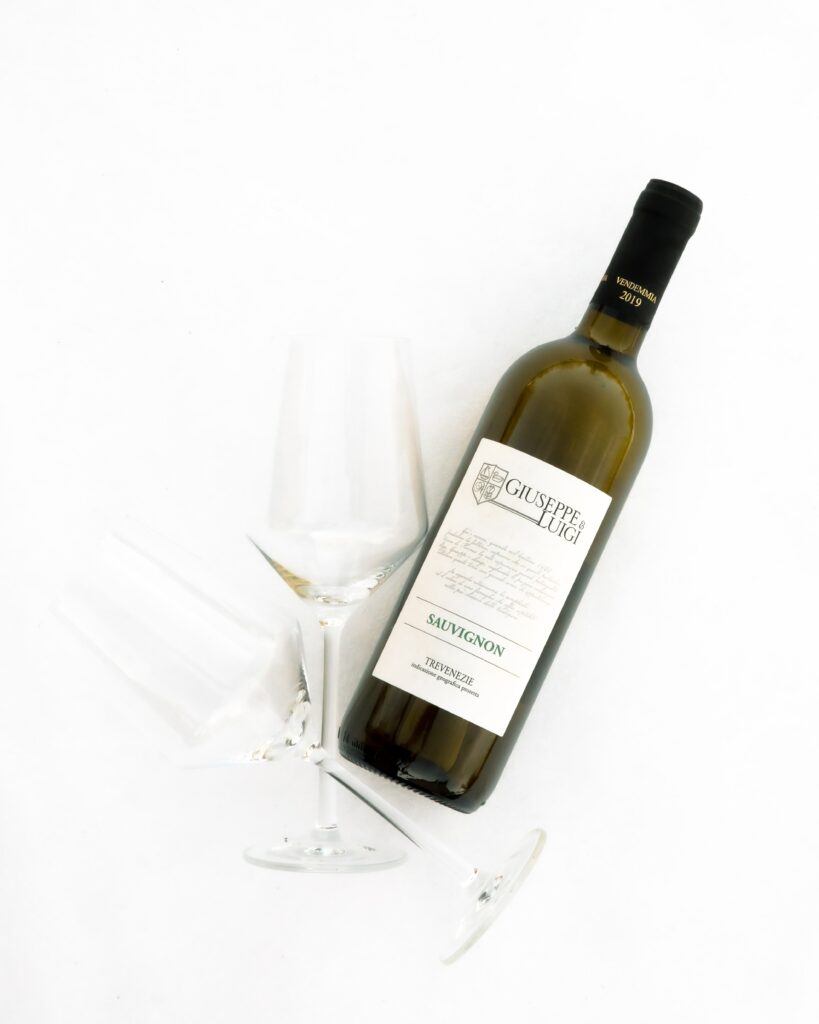Accessibility for winery websites is something that many wineries owners aren't aware of- unless they've been among the growing number of wineries that are getting sued. By accessibility, I mean making the website usable by people with both visual and physical impairments- low/no vision, hand injuries, etc, who need assistive devices to browse a website. Even many web designers and developers either ignore it or assume that it isn't necessary for them or their clients.
The reality is a bit more complex- for me its not just about how we can tick a legal box, or whether or not we're likely to fly under the radar enough to avoid an ADA compliance lawsuit- its about creating a more inclusive environment online. So many of us rely on online shopping, booking appointments online, interacting with others via social media etc- many of us would be hard-pressed to live without it. That's exactly what we're asking around 20% of the population to do, when we make our websites inaccessible. Read on for 3 reasons why it's a good idea to make your winery website fully ADA compliant (and not just to avoid getting sued).
The reasons why
- Inclusivity
Many wineries are starting to focus their sales strategies towards millennials because of that generation’s relative size. And millennials are overwhelmingly committed to making purchases that align with their social values, as demonstrated by this Forbes article. Sustainability, charitable causes, and organic/natural wines are some of the existing ways that wineries are looking to attract the value-driven millennial consumers. Inclusivity, aka making your wine available to groups that are typically excluded, is an excellent way to show your customers that you care and is a way to stand out from the crowd. Approximately 20% of the US population has a disability of some kind, and most websites are not accessible to browsers with disabilities (a scan done by WebAim of one million websites found that 96.8% of them had accessibility errors). - Increased Sales
Let’s look at some math. Approximately 200 million people in the US are of drinking age. If we apply the 20% to that number, that gives us 40 million disabled consumers of drinking age. Even if you further reduce that number by the estimated number of drinking age adults that do consumer alcohol (around 60%), that’s still 24 million potential customers that you are excluding from purchasing wine from your website. Another consideration- if you provide an excellent online wine buying experience for disabled users, the word will get around to others in the disabled community, who frequently share with each other which companies to support and which to avoid. - Future-proofing
The march towards this being a legal requirement is slowly but surely progressing. In March of 2022, the Department of Justice put out a statement noting that all “business” websites need to comply with the ADA Act. Speculation immediately followed as the statement was brief and without guidance, but many in the web design and accessibility community feel certain that it’s only a matter of time before it becomes a explicit law with fines for anyone not in compliance. And seeing that retrofitting an existing site is often more costly and time-consuming than building it right from scratch, now may be a good time to do that redesign you’ve been considering.
But what about those accessibility overlays?
I see accessibility overlays used on a lot of winery websites, and the appeal is obvious- for a relatively small sum (most cost under $500/yr), they promise automated compliance with very low effort. Unfortunately, these band-aid fixes are a bit too good to be true- many in the disability community who are affected by these issues have raised a cry against these automated softwares. Extensive writing about this has been done by others, so I’ll like to a few resources:
Forbes Article- What's Wrong with Accessibility Overlays?
For Blind Users, the Fix can be Worse than the Flaws
Plus, there's no guarantee that you'd even be protected in case of an actual lawsuit coming your way. The major online retailer Eyebob is an example of a company that got sued while using an accessibility overlay (read more about it from Wired here). Promises that these companies make to "cover" the costs of your legal representation if you are sued are not reassuring either- one winery owner I spoke with expressed concern when the company admitted that they had yet to pay out any money to cover legal representation.
Do it right, do it once
This is a slogan I recently heard from a roofing contractor, and it stuck with me as a great example for how we should approach website accessibility. Rather than trying to fix or undo elements that are found to be problematic, I believe we should build websites the right way the first time. Guidelines shift over time, so accessibility remains an on-going activity- however, starting with a solid foundation means that fixes are more of a maintenance issue than a complete overhaul.
Need a new website, and looking for a winery website designer who specializes in building accessible websites? I follow the WCAG guidelines to make sure your winery website is built the right way, and I get it tested by a Department of Homeland Security Office of Accessible Technology Certified Trusted Tester.


